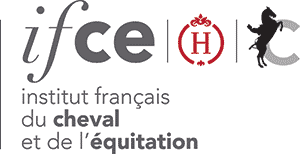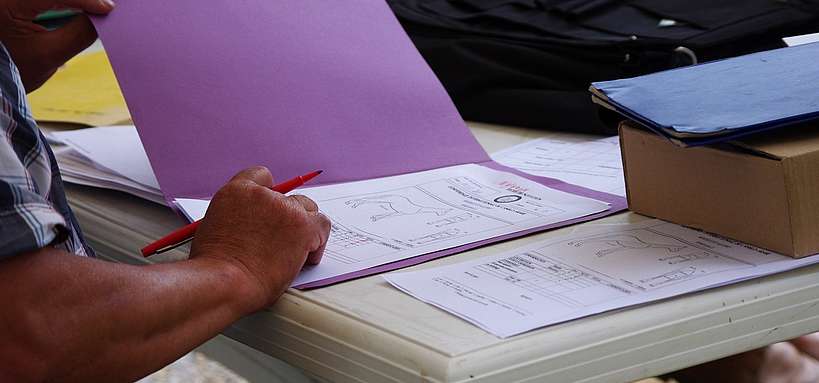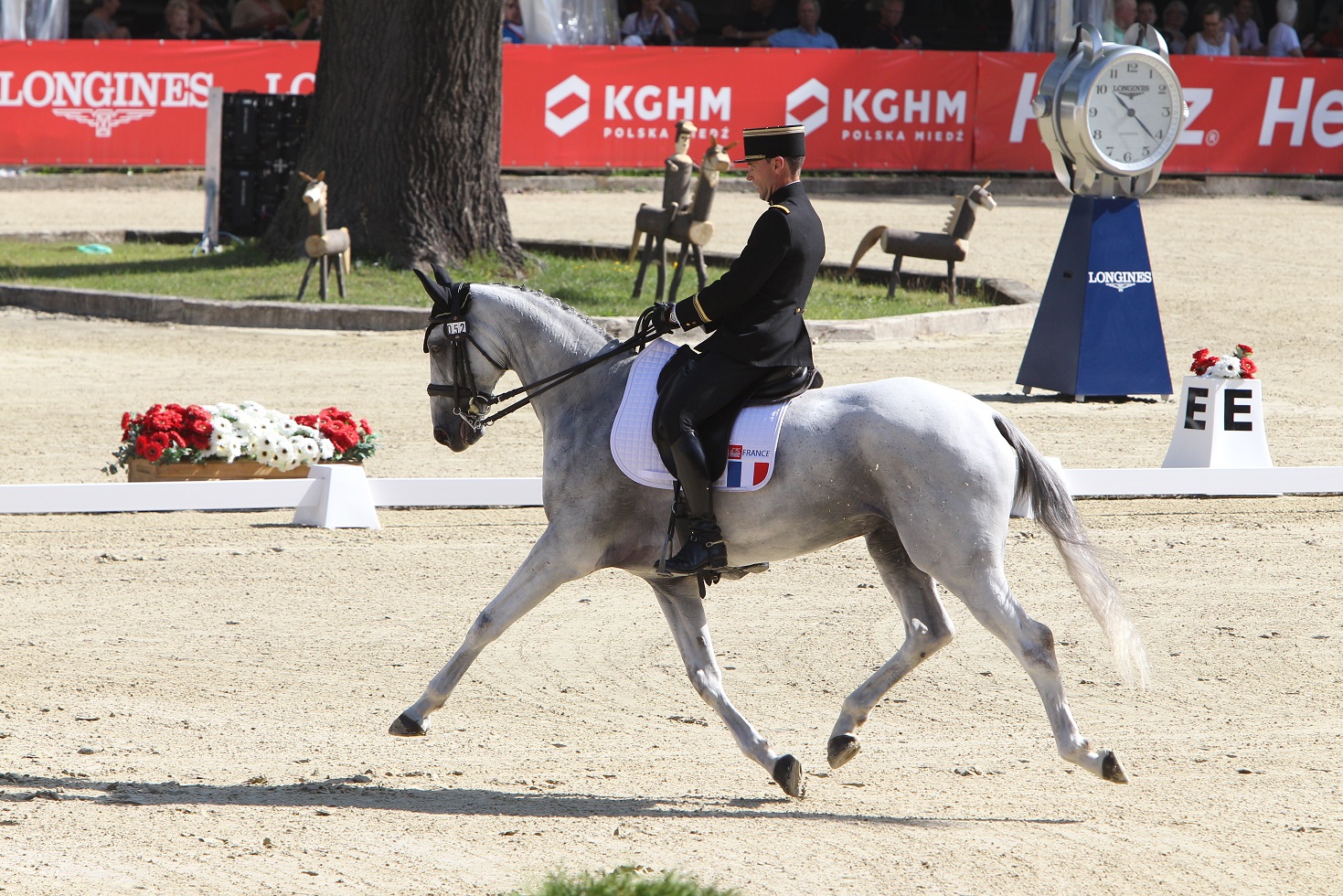

Scoring
Scoring is currently being developed in a lot of breeds of equids. It is used to characterise animals objectively following an evaluation table defined by the breed associations. It is already in use to characterise mophological traits in other breeding animals, particularly bovines.


The principle of scoring
Scoring an animal is an objective method for describing an individual. It can be carried out at shows (breeding shows, but also sports competitions) or in the studs. It aims to characterise animals for the following purposes :
- To determine whether the characteristics observed correspond to the standards defined by the breed association.
- To think through mating when the characteristics are deemed heritable.
- To compare the scores for an individual to optimum scores defined by the breeding committees.
It is always difficult to give a mark for a criteria in and remain objective. This is why the scorers (persons who carry out scoring) follow regular training seminars, and are fewer in number than judges. They refer to a detailed illustrated scoring guide which is established for each breed. So as to be more precise, and for repeatability reasons, some assessments are replaced by measuremnts (height at withers, cannon bone width, height from the ground to the sternum….)
The idea being to give a mark to descriptive criteria as defined by the breed associations, and to give a mark on a scale ranging from 1 to 7, or 1 to 9 depending on the breed, and excluding the notion of good or bad marks. Unlike the marking system used when animals are judged, there is no comparison between animals. Marks are attributed by refering to the scoring guide.

For each criteria, two opposite qualifying terms are associated on each end of the scale. For example for straightness of the legs, a horse whose feet turn in will get a mark of 1, a horse whose feet turn out will obtain 9, and a horse whose feet are straight will obtain 5.
Optimum values for each criteria are defined by selection committees for each breed having adopted a soring system.
| Breed | Optimum score |
|---|---|
| Norman cob | 6 |
| Ardennais draught horse | 7 |
| Comtois draught horse | 9 |
Restitution
Once scoring is completed, a restitution form is presented to the breeder. On the form , the breeder will see all the marks given to his horse compared to the optimum score of the breed. This allows the breeder to have a view of his animal’s qualities and faults with regard to the standard of the breed.

In addition to the phenotypical score sheet (what is visible from the obsevation of the horse), some breeds also calculate genetic morphological indices (these can be deduced when taking into account all the horse’s related kin). These calculations can be made when at least 1000 horses have been subjected to scoring, and they summerize the morphological data noted for the horse itself, but also for each of its related kin.

Know more about our authors
- Translated from french by : Karen DUFFY Translator
- Margot SABBAGH Development engineer IFCE
- Bernard DUMONT SAINT PRIEST Development engineer IFCE









